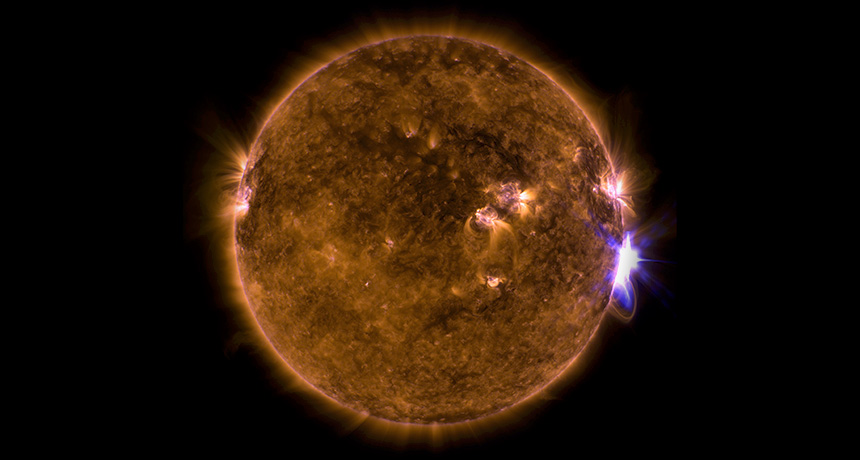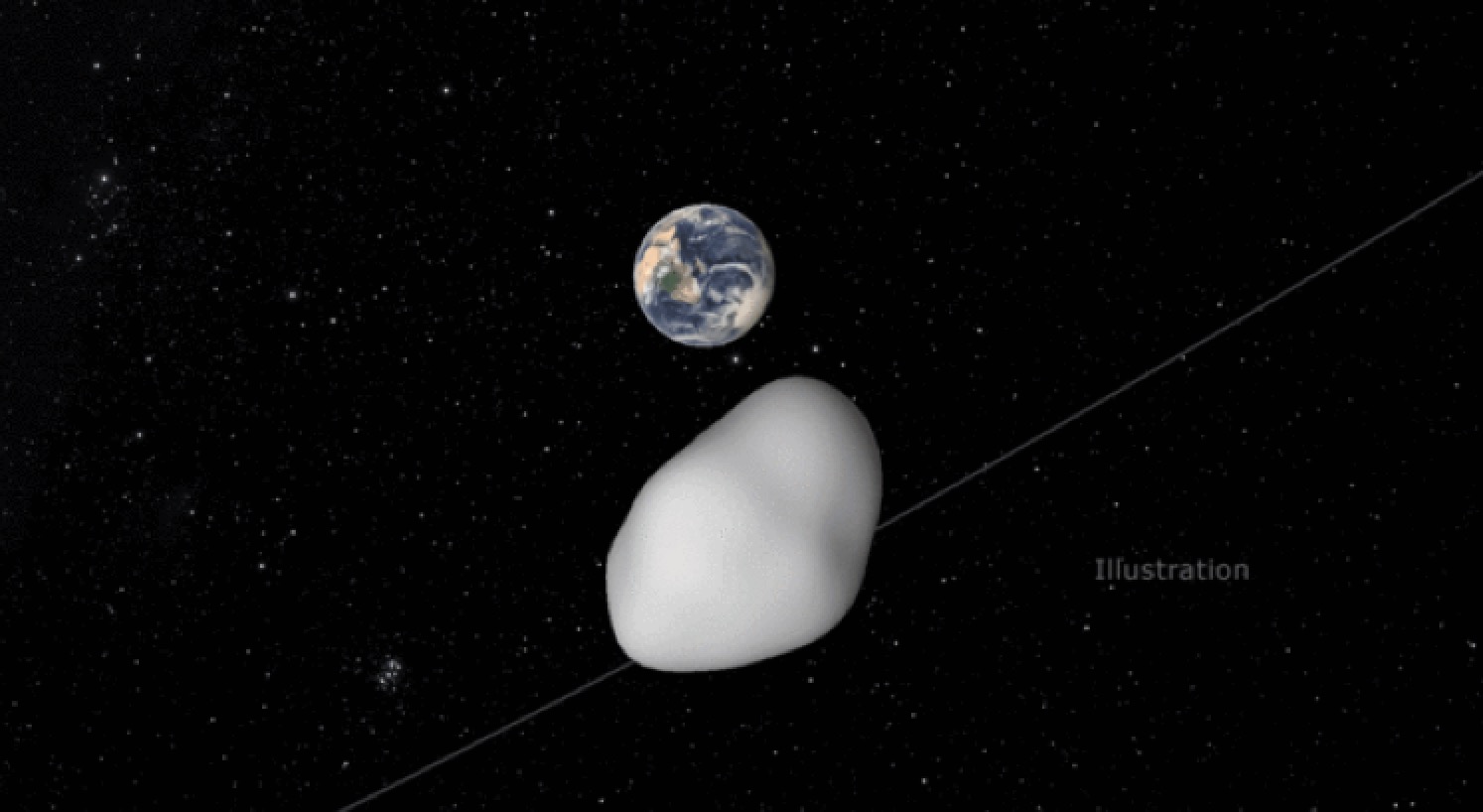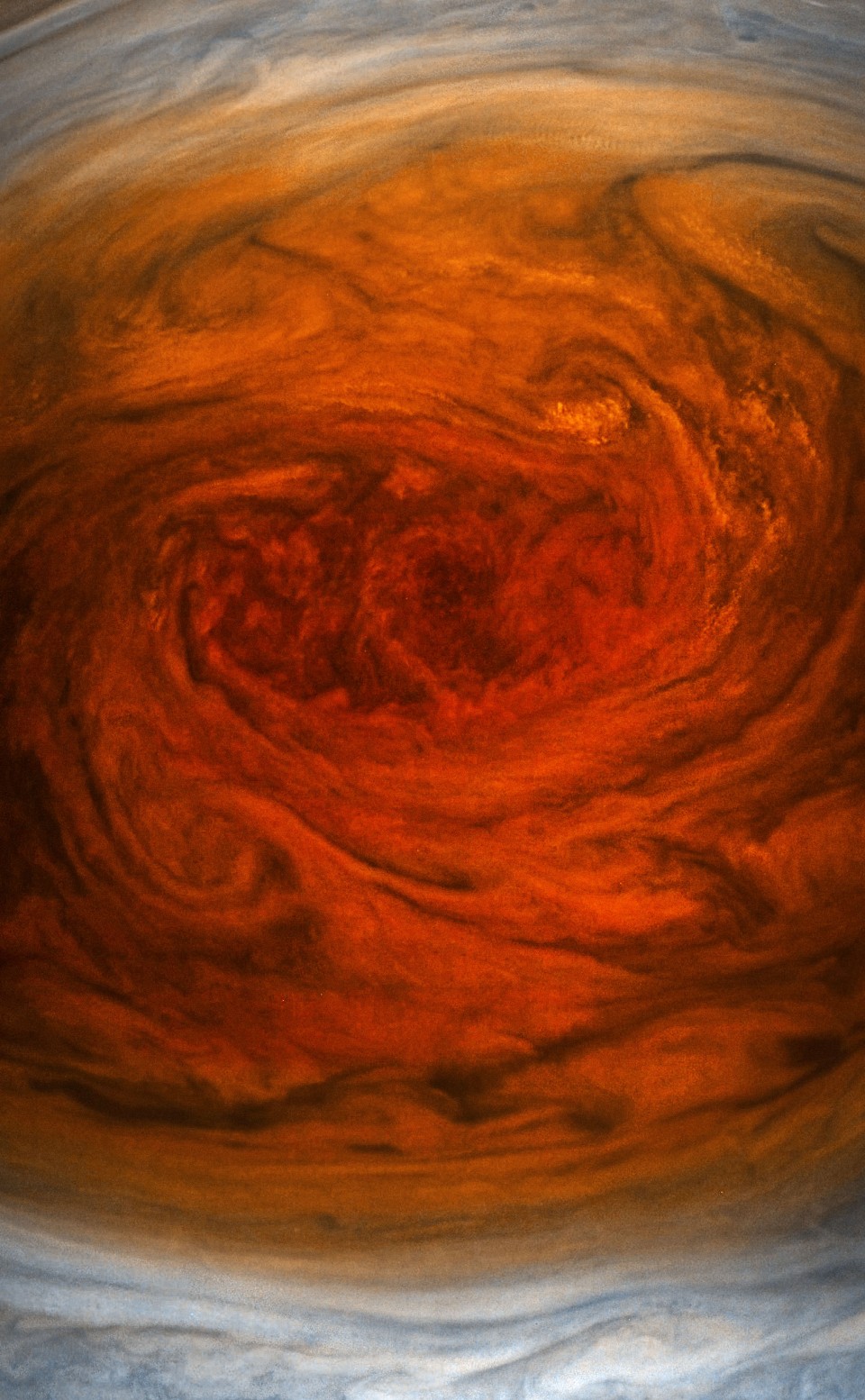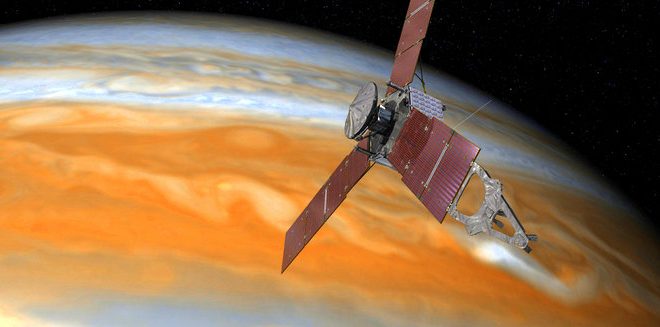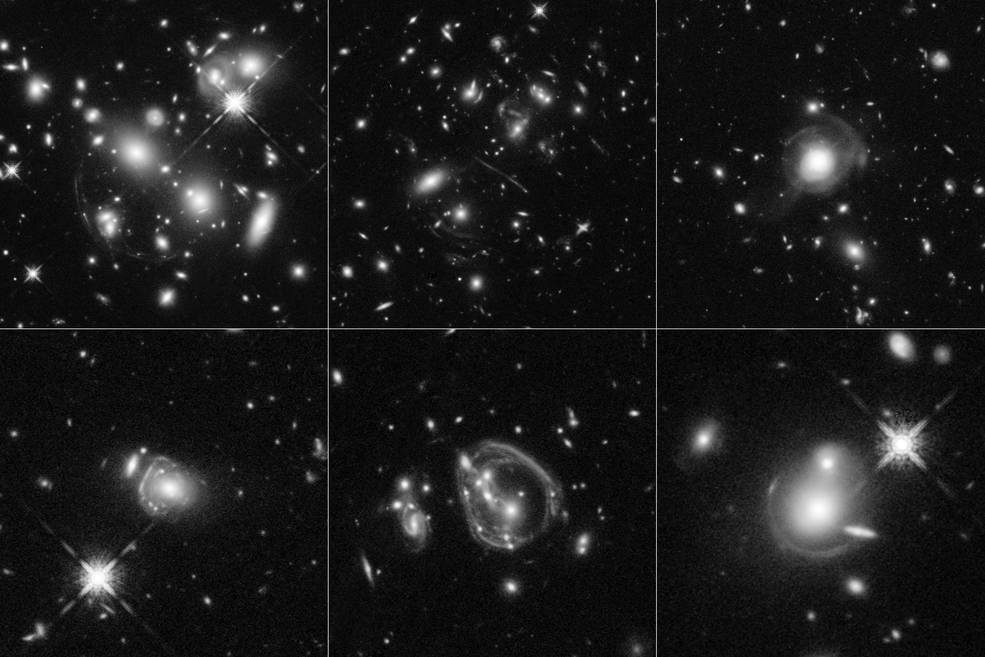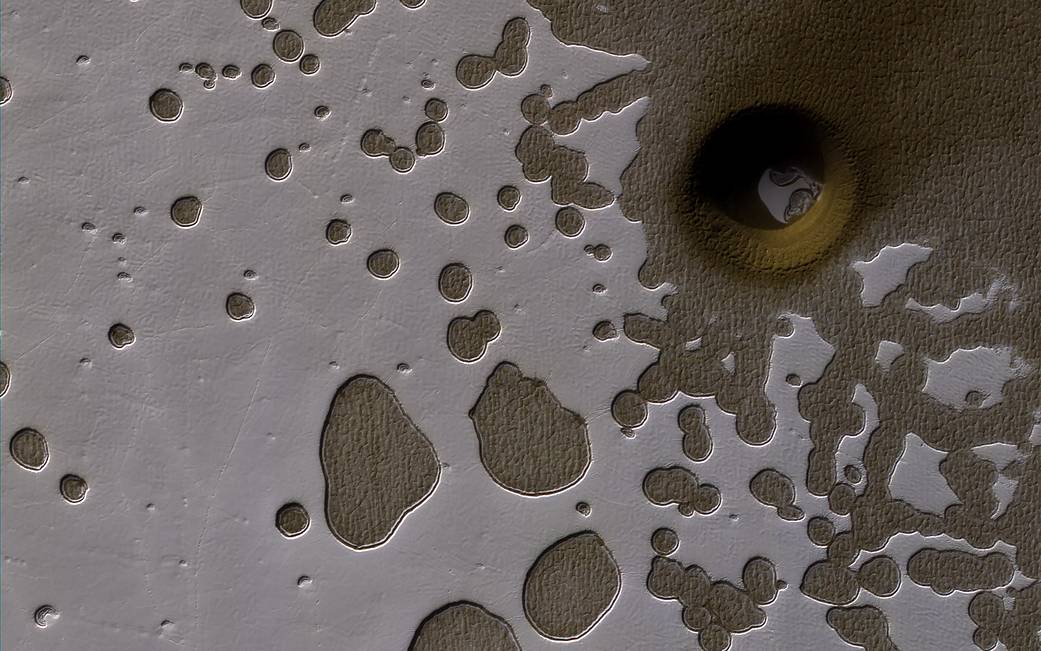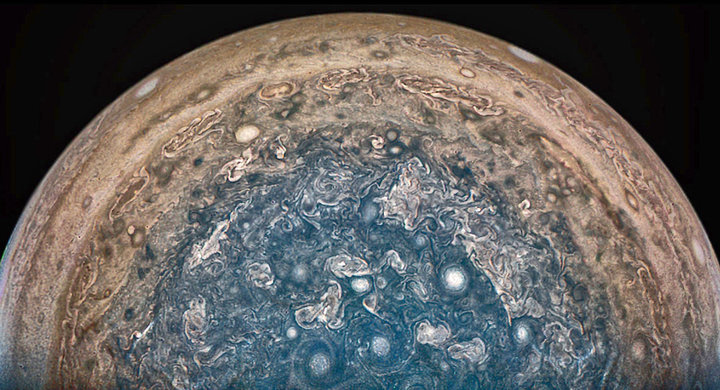SPACE: The Sun’s a Little Crazy Right Now
A series of rapid-fire solar flares is providing the first chance to test a new theory of why the sun releases its biggest outbursts when its activity is ramping down. Migrating bands of magnetism that meet at the sun’s equator may cause the biggest flares, even as the sun is going to sleep. A single complex sunspot called Active Region 2673 emitted seven bright flares — powerful bursts of radiation triggered by magnetic activity — from September 4 to September 10. Four were X-class solar flares, the most intense kind. The strongest, released at 8:02 a.m. EDT on September 6, … Read more



